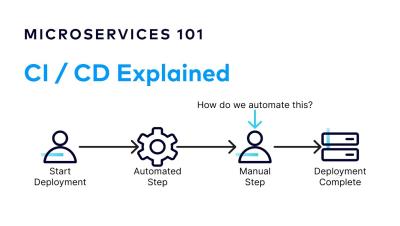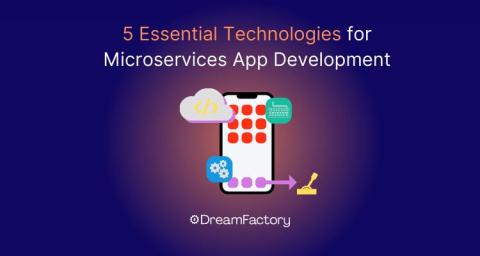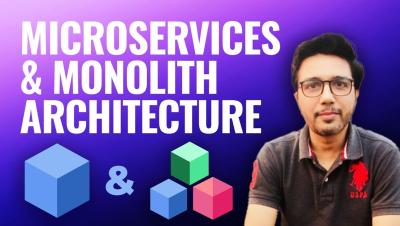Continuous Integration and Delivery (CI/CD) | Microservices 101
Continuous Integration (CI) is the process of automatically building and testing your code on every source control commit. Continuous Delivery (CD) takes this further and automatically deploys the code to production on every commit. Used together these techniques allow code to be built, tested, and deployed automatically through a robust CI/CD pipeline. CHAPTERS.











